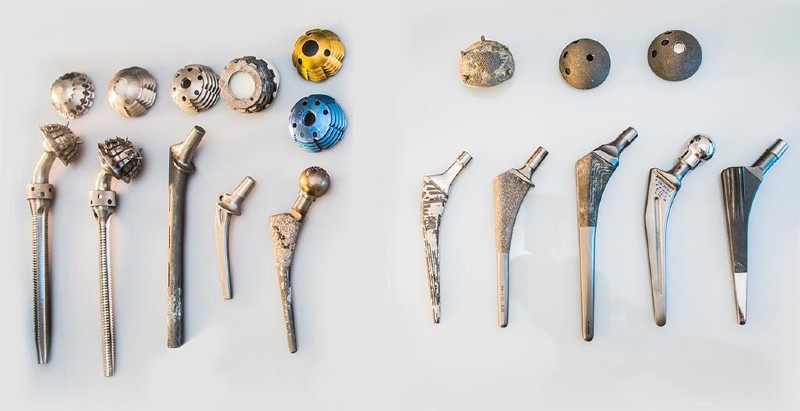3D Printing has seen increasing adoption in healthcare from manufacturing implants and prosthetics to creating tissues using bioprinting. Singapore’s focus on nurturing emerging technology and innovation has also encouraged enterprises to actively explore the use of on-demand manufacturing in the medical field.
3D printing in orthopaedics is one such use case wherein surgeons can implant made to order 3D printed replacements parts for shoulder, knees, ankles, parts of the spine and more.
We recently spoke to specialist orthopaedic surgeons to gain a medical professional’s perspective on this trend. Here are the summarised points from what we learnt from this dialogue –
Which area of Orthopaedics can benefit the most from 3D Printing?
Orthopaedic Implants and Replicas….
Freedom in the development of customised implants that are exclusive to the patient’s condition and bone structure is a unique value proposition. Also, the choice of the materials (titanium, steel, etc) they metal 3D printing that’s being made available offers a compelling application. Such on-demand manufacturing ability is only possible with 3D printing.
More accurate bone replicas and anatomical models to do pre-surgery feasibility study can be extremely useful too. Having a 3D printed replica of fractured bones can give a better idea of the possible outcome of the operation. Surgeons can gauge the success of a surgery attempt in a better way before actually opening a fractured joint of the patient.
What are the key advantages in utilising 3D Printed parts and implants?
One is the high degree of customization and rapid development that can provide a tremendous advantage over existing conventional methods. Limitations of off-the-shelf standard implants can be overcome. The second is the ability to perform pre-surgery simulation. These are the biggest advantages for now. Let’s elaborate with the following example….
3D Implants for the Shoulder
According to shoulder specialists in Singapore, 3D printed implants have emerged as a innovative solution in shoulder reconstruction surgeries. These implants offer the precision and customization, catering to the unique anatomical requirements of each patient. The technology facilitates the creation of implants that better match the patient’s bone structure, reducing surgery time and improving outcomes.
Furthermore, the availability of high-quality materials ensures the durability and compatibility of these implants with human tissue, leading to faster recovery times and decreased risk of complications. This innovation represents a significant leap forward in orthopedic surgery, offering patients tailored treatments that were previously unattainable, and setting new standards in personalized healthcare.
Concerns that the medical fraternity has with this technology.
While customized implants are especially useful for applications that require complex reconstruction such as for facial bones (where sizes can be difficult to determine) it is lesser for long bones (e.g. hands and legs) where different standard sizes are readily available. But then the time of producing the item and making it available in the operating theatre in an emergency is an obvious challenge.
The other major concern is that of quality. At times even for conventionally produced implants breakage is a concern. So, when implants are made by printing additive layers that risk may get amplified if the quality is not of medical grade. Broken implants are a big concern. Sterilization of the item post-printing should be carefully looked at as well.
Where does the Singapore healthcare industry stand in the adoption of 3D Printed applications?
The adoption here is still at a very nascent stage. But the potential of customized output at an affordable cost for complex joint replacements will drive future adoption. These otherwise can be expensive to manufacture on a one-off basis. The cost of customization with 3D printing is much lower. Digital transformation and industry 4.0 technologies are bringing amazing advancements in diagnosis and treatment. We are already seeing improvements in rendering medical care through telemedicine and remote surgery. 3D Printing shows tremendous potential in medical devices. The best is yet to come.





